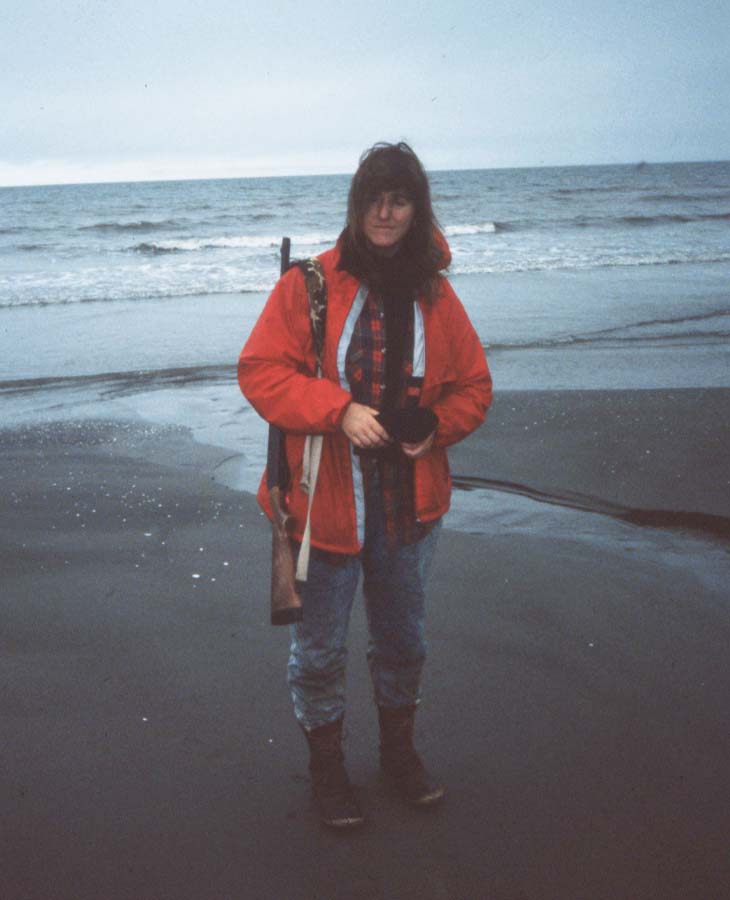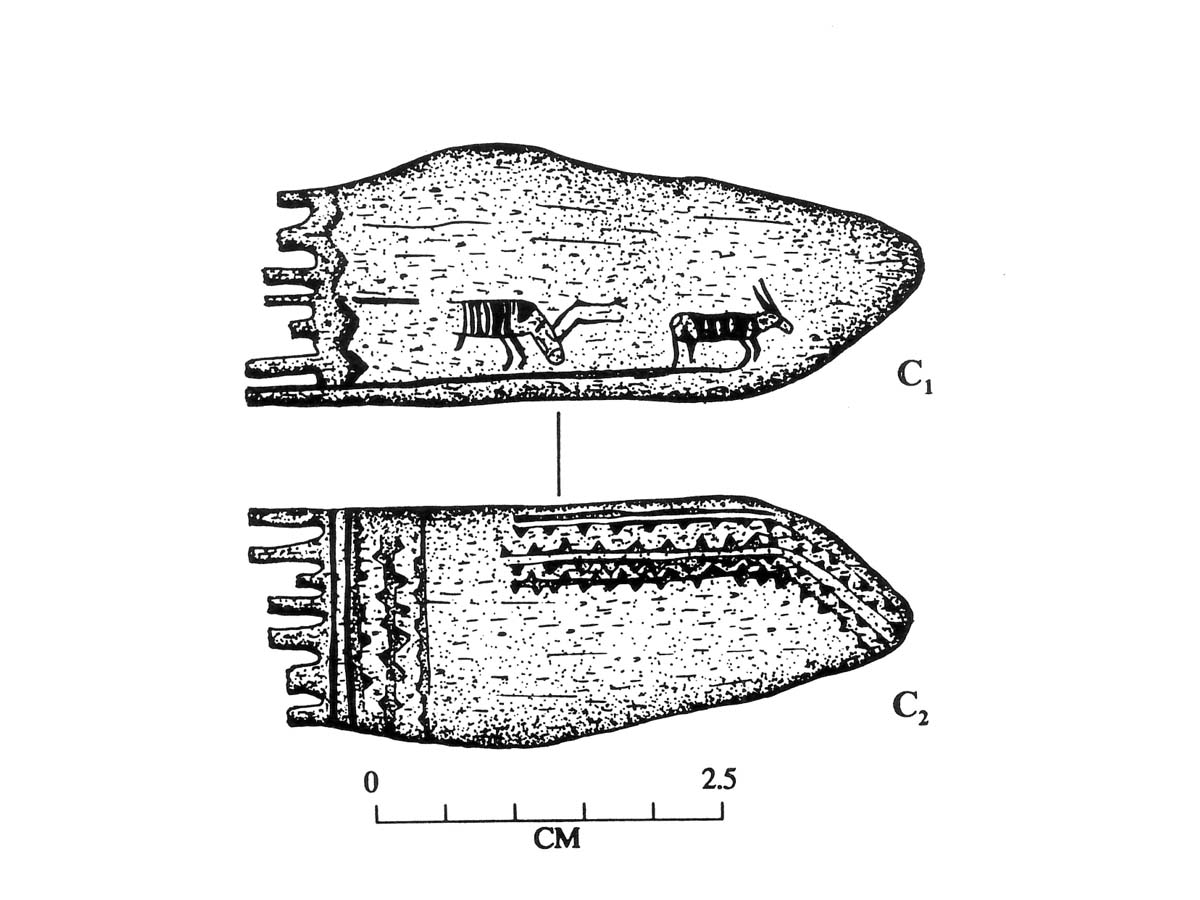
Real-life Indiana Jones: OSU professor discusses archaeology background
Friday, September 6, 2024
Media Contact: Jordan Bishop | Editor | 405-744-7193 | jordan.bishop@okstate.edu
Growing up visiting national parks, Dr. Mary Larson viewed archaeology as no different from any other regular job.
Now, she reflects on her time as an archaeologist as something full of wonder and whimsy.
Larson serves as Oklahoma State University’s associate dean for distinctive collections but is not originally from Oklahoma. She grew up on her family’s farm in western Pennsylvania, where they grew grapes for Welch’s. When she went to college at Harvard University, she started as an economics major, then ended up in a freshman seminar with a world-renowned archaeologist. Larson was the only woman who passed the interview to enroll in the seminar.
“It was fascinating,” Larson said. “Economics and I didn’t quite get along, but that one class was so exciting that it brought back all the things I liked about reading archaeology and being at archaeological sites when I was growing up. By the time I declared my major sophomore year, it was anthropology.”
Larson practiced archaeology in New England during college and a few years after. Then, she had a chance to go to Alaska to work for the park service at Bering Land Bridge National Preserve. The team lived in tent camps all summer. During that time, Larson had one of her favorite memories on a dig.
“I found the prettiest thing I’d ever found on a dig,” Larson said. “It was this little bone comb, about two inches long, with reindeer carved on it. Some were feeding; some had their heads up. It was a beautiful, beautiful little piece. That was probably the best artifact we found that summer because it ended up on the cover of the site report.”
Larson said archaeologists tend to have a lot of stories, and that was one of the things that drew her into oral history. Oral historians are always chasing stories, and archaeologists are, in a way, too.
After going to Alaska for the first time, Larson fell in love. She said she only left because she had a remaining year of graduate classes. Larson has a Master of Arts in anthropology and a Doctor of Philosophy in anthropology from Brown University. While studying in grad school, Larson returned to Alaska three times during the school year because she missed it so much. Once she was finished with her classes, she packed up all of her belongings and drove back up to Alaska.
Larson worked in Ketchikan surveying for the Forest Service, not digging as much but ensuring that any roads built wouldn’t destroy an archaeological site. Then, there were layoffs. After that, she packed everything up again to go to Fairbanks and worked in the archives at a library and an oral history office.
“That’s how I transitioned to what I’m doing now,” Larson said. “It was dumb luck with the layoffs. It was wonderful doing archaeology in Alaska because there were always beautiful things to see. You were out in the middle of nature, and it was gorgeous, gorgeous country.”

Students can now graduate with a B.A. or B.S. in “Sociology with an Anthropology Emphasis” and take several archaeology courses at OSU. Opportunities to get practical experience in these classes are abundant and can give further insight into the field. Larson said within this field, once someone finds what they are interested in, it is easy to get excited.
Larson's experience as an archaeologist gave her a strong sense of community. The skills she learned prepared her for her time at OSU in the library.
“It wasn’t just projects engaging the community,” Larson said. “It was projects the communities started and brought to us, so we always tried to have equal collaborations and work respectfully and with humility. Because we have such a strong land-grant emphasis here at OSU, it’s even more important to have these skills and have them be a part of how you operate.
“In both special collections and oral history, we have collaborative projects, and having that experience from an early professional age made a difference in how I go about things.”
To learn more about archaeology classes at OSU, go to the course catalog or contact Dr. Stephen Perkins.
The OSU Special Collections and University Archives are on the second floor of Edmon Low Library. For more information, visit the website.
Story By: Mak Vandruff | makenzie.vandruff@okstate.edu
